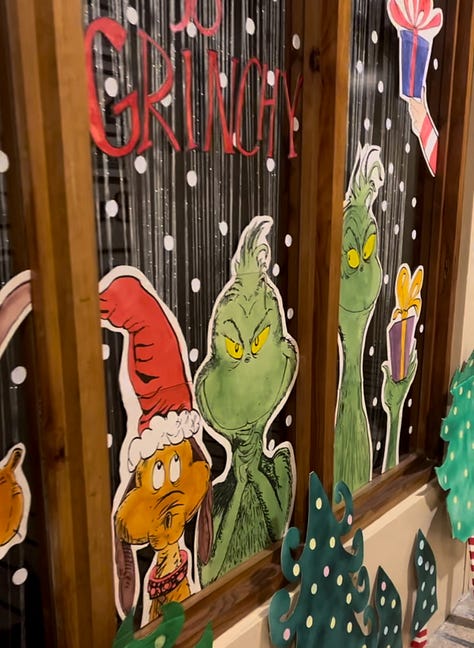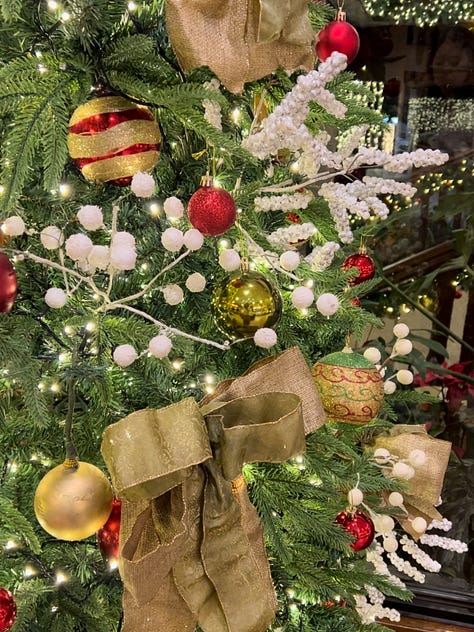Come September 1 in the Philippines, the radio waves are filled with Mariah Carey’s “All I Want for Christmas” song. This holiday fever stretches out until the second week of January of the following year. It is almost half a year of that Christmas feeling. It has not always been this way. I remember that as a child, Christmas anticipation usually started after America celebrated Thanksgiving. As I grew into adulthood, I subconsciously felt the Christmas season grow longer and longer. Some of my friends who are foreign to the country are bewildered. Some are put off, especially those who celebrate December 25 as a single holiday event, meaning one must return to work by December 26.
I think about such a unique phenomenon and realize the reasons for this. Let me share a few.
Strong Religious Influence
Drawn from 300 years of Spanish colonization, the country is entrenched in deep Catholic faith. With 80% embracing Catholicism, Christmas as an anticipation of Christ’s birth is immensely important. Simbang Gabi or Dawn Mass is a tradition of masses held for nine evenings or early mornings, culminating with a midnight mass on the 24th of December. It is a religious observance meant to practice spiritual devotion during the season.
A Culture of Family
Family is central to the national culture. A strong sense of kinship and community is woven into everyday life. The nuclear family often accommodates other family members with the notion of extended family being much alive in the social fiber of the nation. Christmas is a time for reunions, where after long periods of toil and hard work, families come together to celebrate Noche Buena or Christmas dinner.
The Weather
Believe it or not, the weather plays an important part in the enduring Christmas celebration. September to December, or the -ber months as known ushers the cooler and drier months of the country. It is a most anticipated transition from the rainy weather to the less humid and drier season. The temperature is also cooler. Amihan or the northwest monsoon brings cooler and drier winds. This is the most we will get from what it is like to have that “sweater weather.”
Economic Factors
Like all else in the world, the economy plays a major role. The retail industry capitalizes on the long-lasting Christmas spirit to drive consumer spending. Malls are adorned with decor, the streets are filled with colorful lights, holiday music fills the air, and holiday sales are in a frenzy. Special Christmas-themed attractions are launched during this time. All these contribute to the lengthy holiday celebration, driving spending as the last quarter of the year is a crucial input for the annual economic performance of the country.
The OFWs
Overseas Filipino Workers or OFWs are citizens who work abroad to provide for their families. Almost every nation in the world has an OFW, from teachers and engineers, doctors and nurses, caregivers and drivers, entertainers and seafarers. They are regarded as modern heroes who keep the national economy afloat. The long Christmas celebration accommodates the schedule of OFWs, allowing holiday reunifications within the period based on when OFWs are allowed to take a break. During their brief stay in their home country, they celebrate Christmas for the whole duration of their break because it is the only time they can come home to be with family after months or even years of being apart.
Psycho-social Factors
Christmas is associated with joy, giving, and hopeful living. The struggles of third-world living need the Filipino spirit to be hopeful and resilient. The Christmas season may provide them with just this. In August, people say, “Hold on a bit longer, Christmas is coming. There is hope.” The Christmas season serves as an anchor to the country to keep the possibilities of joy and deliverance at arm’s length.
In my family, acknowledging that Christmas is coming begins after Halloween when we hang a star lantern by the door. Gradually, we take steps closer to Christmas, anticipating December as a month of crazy chaos. We do not begin Christmas as soon as September 1 sets in but it is still more than a month of keeping the holiday spirit close. Now that the kids are all grown, with two of them working overseas, it is significant to hold on to the season much longer, anticipating their arrival home and embracing the actual moments that they will be in our arms, even for a limited time.
Christmas here is a confluence of religious faith, cultural values, historical influence, economic factors, and the media effect. It also reflects a deep-rooted culture of family, faith, and resilience. However, no matter how long or short the season, it is how a family chooses to live out love, generosity, and togetherness that Christmas will endure beyond the season itself.
Christmas scenes —- the Grinch, an abundant Christmas tree and an adorable Yuletide pup.













Lovely sentiment. Unfortunately in my business, I don't get any downtime to celebrate Christmas as much as I like. I'll have to ask one of my employees (lives in the Philippines) about this tradition. Thank you.